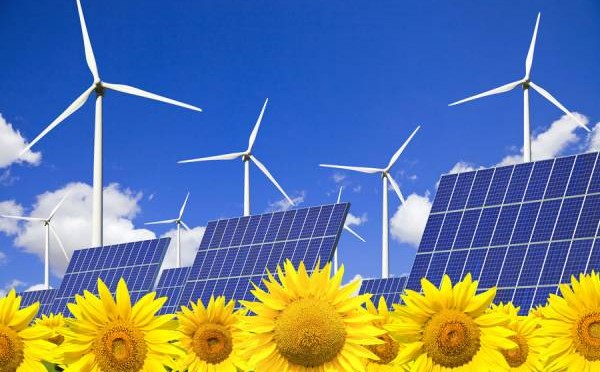Wind energy costs are falling and some companies involved in wind are seeing a rise in profits, according to evidence which has appeared in the world’s media this month.
By Zoe Casey
In Europe, insurance firm Allianz was quoted by Reuters as saying last week that “renewable energy production and infrastructure are gaining investor appeal as they become less dependent on government support in more European markets”.
The firm invests heavily in renewable energy projects because they “offer attractive feed-in tariffs, are already at grid parity (competitive with conventional energy) or are going in that direction.” Spanish and Italian wind and solar installations are the “most advanced in terms of profitability while those in the Nordic countries, Britain, Germany, France and the Benelux would be catching up,” Armin Sandhoevel, Chief Investment Officer for renewables at Allianz, said.
Moreover, renewables are decoupled from rising global fuel costs and have a proven viability that ensures long-term cash flows, Allianz said.
Over in Brazil, wind power has now become so competitive that government authorities do not want it to compete directly against coal and gas, Bloomberg reported earlier this month. The government is changing auction rules this year so wind will not compete head-to-head with coal and gas, the story says, linking this to the fact that developers of wind farms have won 55% of contracts in auctions since 2011 and that prices for wind energy fell 41% per megawatt hour in a 2012 auction down from 2009.
Likewise, last week on this blog we reported that a Citibank study said the cost of renewables is “falling fast”. “Renewables will reach cost parity with conventional fuels (including gas) in many parts of the world in the very near term…on the utility scale, wind power is already competitive with gas-fired power in many regions…wind power LCOE is approaching the average wholesale electricity prices in a number of large markets – including Italy, Spain, the UK and China – and has already attainted parity in Brazil.”
Wind energy is sometimes attacked by its critics on “cost” arguments, which often centre on the costs of government subsidies to wind power and other renewables. There are several reasons why this is not a valid argument against wind:
The cost of subsidies to renewables is a drop in the ocean compared to the subsidies given to fossil fuels – a fact that has prompted the International Energy Agency to call for an end to fossil fuel subsidies.
Electricity from wind power is already cheaper than electricity from nuclear power, and it would be cost competitive with gas and coal right now if the full health and environmental costs of fuel and carbon risk were included in the price.
Onshore wind will be cheaper than gas and coal by 2016, according to Bloomberg New Energy Finance: In November 2011 Bloomberg reported that the cost of electricity from onshore wind will drop 12% over the next five years and that the best wind farms in the world already produce power as economically as coal and gas.
Wind energy’s cost curve falls over time since the costliest part is the turbine which comes early on in a project. Once a farm is up and running, operation and maintenance costs are minimal and fuel costs are zero – unlike fossil fuels.
In other news this week, utilities active in wind energy have posted strong results. Dong Energy increased its income by DKK 0.7 billion (€0.09 billion) in the first quarter of this year on the back of earnings from the Anholt project in Denmark and the sale of wind energy from the London Array farm, a Word about Wind reported.
Spanish utility Iberdrola increased its earnings before interest, taxes, depreciation and amortisation by 20.8% to €533.3 million, Word about Wind also reported.



